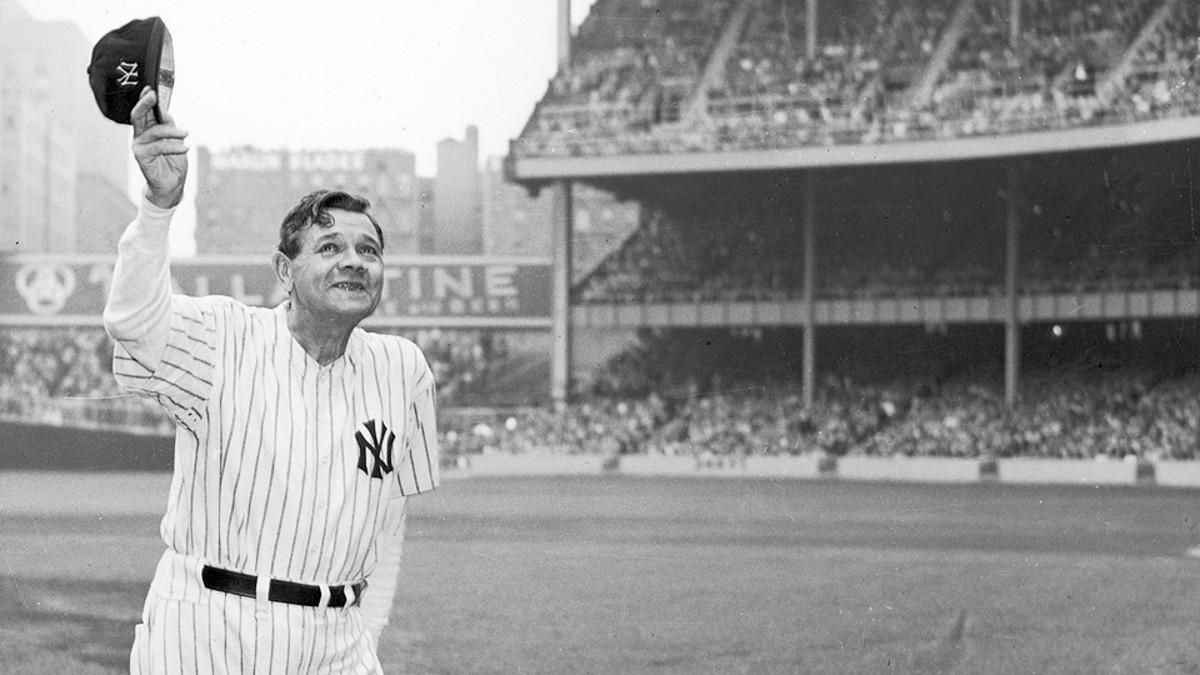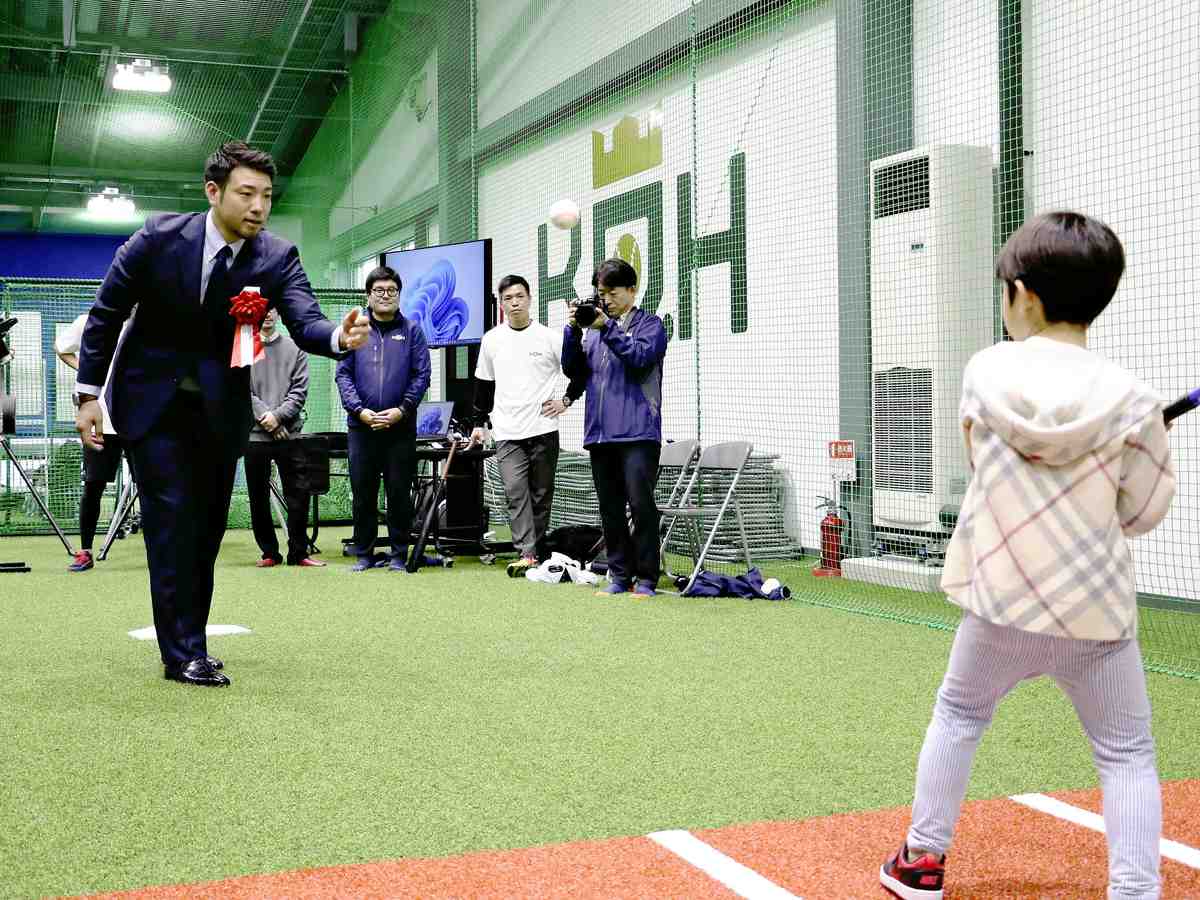MLB
MLB in Japan: How Baseball Became a Cultural Bridge Between America and the Land of the Rising Sun
Baseball’s journey from America’s pastime to Japan’s beloved national sport represents one of the most fascinating cultural exchanges in modern history. The story of MLB in Japan encompasses decades of international diplomacy, athletic excellence, and passionate fandom that continues to shape both countries’ sporting landscapes today.
From historic exhibition games to modern-day superstars crossing the Pacific, the relationship between Major League Baseball and Japanese baseball has evolved into something far more meaningful than mere athletic competition. This cultural phenomenon has created lasting bonds, broken barriers, and established Japan as a powerhouse in international baseball.

The Historic Roots of Baseball in Japan
Baseball’s introduction to Japan dates back to 1872 when American teacher Horace Wilson taught the game to students at Tokyo’s Kaisei Academy. This moment marked the beginning of what would become a century-and-a-half love affair between Japan and America’s national pastime.
The sport quickly gained popularity among Japanese students and workers, who embraced baseball’s strategic elements and team-oriented philosophy. By the early 1900s, Japanese baseball teams were already competing at high levels, setting the stage for future international exchanges with Major League Baseball.
The establishment of Japan’s professional league in 1936 created the foundation for what would eventually become regular interactions with MLB. Even during periods of political tension, baseball remained a common thread connecting the two nations, demonstrating the sport’s unique power to transcend cultural boundaries.

Early MLB Exhibitions and Tours
The first official MLB exhibition games in Japan took place in 1908 when the Reach All-Americans toured the country. This groundbreaking tour featured college and professional players from America competing against Japanese teams, generating enormous excitement and media coverage.
Perhaps the most famous early visit occurred in 1934 when an American all-star team featuring Babe Ruth, Lou Gehrig, and Jimmie Foxx toured Japan. Ruth’s charismatic personality and legendary home run power captivated Japanese fans, earning him the nickname “Beibu Rusu” and establishing him as one of the most beloved foreign athletes in Japanese history.
These early exhibitions served multiple purposes beyond entertainment. They provided Japanese players with opportunities to observe MLB-level talent, techniques, and strategies firsthand. American players, meanwhile, gained appreciation for Japanese baseball culture and the passionate dedication of Japanese fans.
- 1908 Reach All-Americans tour – First official MLB exhibition in Japan
- 1934 Babe Ruth tour – Featured legendary MLB superstars
- 1953 Giants tour – Post-war diplomatic baseball mission
- 1966 Dodgers visit – Strengthened ongoing baseball relationships

Post-War Baseball Diplomacy
Following World War II, baseball played a crucial role in rebuilding relationships between America and Japan. MLB’s post-war exhibitions served as powerful symbols of reconciliation and friendship, helping heal wounds through shared love of the game.
The 1953 New York Giants tour marked a significant milestone in post-war baseball diplomacy. Led by manager Leo Durocher, the Giants played a series of exhibition games that drew massive crowds and received extensive media coverage, demonstrating baseball’s potential as a bridge between former enemies.
General Douglas MacArthur, who oversaw Japan’s post-war reconstruction, actively encouraged these baseball exchanges. He recognized the sport’s unique ability to foster positive relationships and mutual understanding between American and Japanese people.
“Baseball has done more than any other single thing to bring America and Japan together.” – General Douglas MacArthur

The Rise of Japanese Players in MLB
The modern era of Japanese players in Major League Baseball began with pitcher Masanori Murakami’s brief stint with the San Francisco Giants in 1964-1965. Though his MLB career was short-lived due to contractual disputes, Murakami broke the barrier for future Japanese players.
The real breakthrough came in 1995 when pitcher Hideo Nomo joined the Los Angeles Dodgers. Nomo’s success, including Rookie of the Year honors and multiple no-hitters, opened the floodgates for Japanese talent to pursue MLB careers.
Ichiro Suzuki’s arrival in 2001 marked another watershed moment. His unprecedented combination of hitting ability, speed, and defensive excellence earned him immediate stardom and proved that position players could also succeed in transitioning from Japanese to American baseball.

Notable Japanese MLB Superstars
Ichiro Suzuki revolutionized the leadoff hitter position with his incredible consistency and unique playing style. His 10 consecutive 200-hit seasons and 3,089 career MLB hits established him as one of the greatest contact hitters in baseball history.
Hideki Matsui brought power and clutch hitting to the New York Yankees, earning the nickname “Godzilla” for his imposing presence. His World Series MVP performance in 2009 cemented his legacy as one of the most successful Japanese hitters in MLB history.
Daisuke Matsuzaka generated enormous excitement when he joined the Boston Red Sox in 2007. His gyroball pitch and competitive spirit made him a fan favorite, though injuries limited his long-term impact.
More recently, Shohei Ohtani has redefined what’s possible in modern baseball as a true two-way player. His combination of elite pitching and hitting abilities has drawn comparisons to Babe Ruth and renewed global interest in MLB.

Modern MLB Regular Season Games in Japan
Major League Baseball has embraced Japan as a premier international venue for regular season games. The MLB Japan Series began in 2000 with games between the Chicago Cubs and New York Mets at the Tokyo Dome, marking the first official MLB regular season games played outside North America.
These games have become highly anticipated events that sell out quickly and generate massive media coverage. The 2019 season opener between the Seattle Mariners and Oakland Athletics drew particular attention as it featured Ichiro Suzuki’s emotional retirement ceremony.
The success of MLB games in Japan has encouraged the league to view international markets as crucial for future growth. Japanese fans’ enthusiasm and knowledge of the game make Tokyo an ideal destination for showcasing MLB’s top talent to global audiences.
- 2000 – Cubs vs Mets (first MLB regular season games in Japan)
- 2004 – Yankees vs Devil Rays (featuring Hideki Matsui’s return)
- 2008 – Red Sox vs Athletics (Dice-K homecoming)
- 2012 – Mariners vs Athletics (Ichiro’s near-miss)
- 2019 – Mariners vs Athletics (Ichiro’s retirement)

World Baseball Classic Impact
The World Baseball Classic has provided Japan with a global stage to demonstrate their baseball excellence. Japan’s victories in 2006 and 2009 established them as a true international powerhouse and validated their unique approach to the game.
These WBC triumphs featured dramatic moments that captivated fans worldwide. Daisuke Matsuzaka’s dominant pitching in 2006 and Japan’s thrilling victory over South Korea in the 2009 final showcased the high level of Japanese baseball talent.
The tournament has also served as a recruiting ground for MLB teams, with outstanding Japanese performances leading to increased interest from American clubs. Many current MLB players first gained international recognition through their WBC performances.

Cultural Exchange and Fan Engagement
The relationship between MLB and Japanese baseball culture extends far beyond the playing field. Japanese fans are renowned for their organized cheering, detailed statistical knowledge, and unwavering loyalty to their favorite players and teams.
MLB teams with Japanese players often experience significant increases in Japanese merchandise sales and media coverage. This has led to specialized marketing efforts, including Japanese-language websites, social media content, and promotional events targeted at Japanese audiences.
The cultural exchange works both ways, with American fans gaining appreciation for Japanese baseball traditions such as detailed scouting reports, intensive training methods, and the ceremonial aspects of the game that emphasize respect and teamwork.

Economic Impact and Business Relationships
The economic impact of MLB’s presence in Japan extends throughout multiple industries. Television broadcasting rights, merchandise sales, and tourism related to baseball create significant revenue streams for both countries.
Japanese corporations have established major partnerships with MLB teams and players. Companies like Mizuno, Asics, and Rawlings have leveraged Japanese baseball connections to expand their presence in American markets.
The posting system, which allows Japanese players to negotiate with MLB teams, has generated millions of dollars in fees for Japanese clubs. This system has evolved over time to better balance the interests of players, Japanese teams, and MLB clubs.
Training and Development Programs
MLB’s development programs in Japan have created pathways for young Japanese players to pursue professional baseball careers. These initiatives include coaching clinics, scout training programs, and youth baseball development leagues.
The MLB Academy system has established partnerships with Japanese baseball organizations to share training methodologies and player development techniques. This collaboration has improved the overall quality of baseball instruction in both countries.
Many former MLB players have found second careers as coaches and instructors in Japanese professional baseball, bringing American techniques and perspectives to Japanese teams while learning about Japanese baseball philosophy and training methods.

Media Coverage and Broadcasting
Japanese media coverage of MLB games and Japanese players is extensive and detailed. Major networks provide live broadcasts, highlight shows, and in-depth analysis that rivals domestic coverage of Japanese professional baseball.
The popularity of Japanese MLB players has created a dedicated fan base that follows American baseball year-round. This sustained interest has led to increased advertising revenue and sponsorship opportunities for broadcasters and MLB alike.
Social media has further enhanced the connection between Japanese fans and MLB, with teams and players regularly posting content in Japanese and engaging directly with their international audience through various digital platforms.

Future Prospects and Expansion
The future of MLB in Japan looks increasingly bright with continued growth in fan engagement, player development, and business opportunities. Plans for additional regular season games and expanded youth programs demonstrate MLB’s commitment to the Japanese market.
Emerging Japanese talent continues to generate excitement among MLB scouts and fans. The success of players like Shohei Ohtani has inspired a new generation of Japanese athletes to pursue MLB careers, ensuring continued cultural exchange.
Technology innovations, including virtual reality experiences and enhanced streaming options, are creating new ways for Japanese fans to engage with MLB content and feel connected to their favorite teams and players despite geographical distance.
Frequently Asked Questions
When did MLB first play games in Japan?
The first official MLB regular season games in Japan were played in 2000 between the Chicago Cubs and New York Mets at the Tokyo Dome. However, exhibition games featuring MLB players date back to 1908.
Who was the first Japanese player in MLB?
Masanori Murakami was the first Japanese player in MLB, playing for the San Francisco Giants in 1964-1965. However, Hideo Nomo’s arrival in 1995 marked the beginning of the modern era of Japanese players in MLB.
How many Japanese players are currently in MLB?
The number of Japanese players in MLB varies by season, but typically ranges from 8-12 players across different teams. Notable current players include Shohei Ohtani, Yu Darvish, and Yoshinobu Yamamoto.
What is the posting system?
The posting system is an agreement between MLB and Japanese professional baseball that allows Japanese players to negotiate with MLB teams. The system requires MLB teams to pay a posting fee to the Japanese club before negotiating with the player.
Conclusion
The relationship between MLB and Japan represents one of sports’ greatest international success stories. What began as cultural curiosity has evolved into a deep, mutually beneficial partnership that continues to grow stronger with each passing season.
From Babe Ruth’s legendary 1934 tour to Shohei Ohtani’s modern-day heroics, baseball has served as a bridge between two nations, creating lasting friendships and unforgettable moments. The passion of Japanese fans, combined with the extraordinary talent of Japanese players, has enriched Major League Baseball immeasurably.
As we look toward the future, the bond between American and Japanese baseball will undoubtedly continue to flourish, inspiring new generations of fans and players while celebrating the universal language of baseball that transcends all cultural boundaries.



